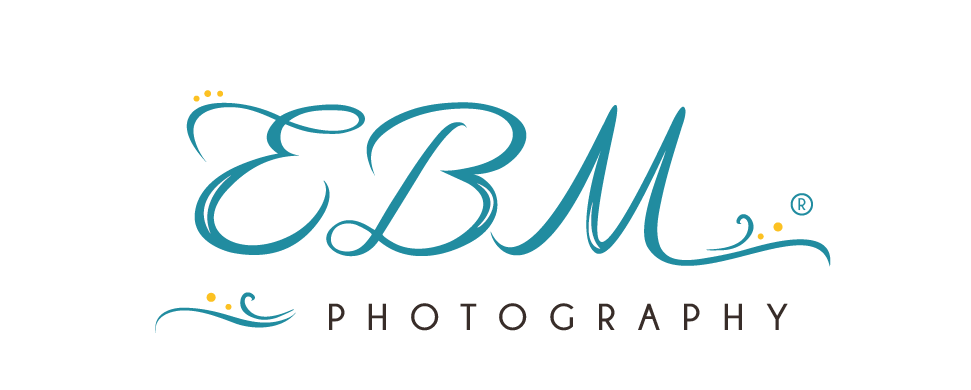HOW USING STORYTELLING IN YOUR MARKETING WILL ATTRACT MORE CLIENTS
Human connection is at the core of personal branding and it all starts with the stories we tell. Humans want to relate to others and form bonds: it is a psychological need.
When we bring this into a business setting, the same principles apply. Creating an engaging narrative is one of the best ways to connect with your customers and online audience. Whether you are a business owner, freelancer or influencer, your story is the foundation of your brand.
Storytelling encourages people to make decisions by triggering their emotions. For a story to have this effect, however, it needs to be clear and authentic.
PREPARATION FOR MARKETING
STEP 1 – BRAND AUDIT
A brand audit is the first step to see how your content is performing; review what’s working and what isn’t; and get insights to make changes that will set you apart from your competitors. What sort of posts have you been sharing? What visuals are you using? Do they fit with your core values, brand colours and aesthetic?
STEP 2 – KNOW YOUR OBJECTIVE
What do you want to achieve in your marketing?
It is important to establish what you want to achieve before you begin the creation process. This could be anything from wanting to increase product sales to marketing your services to a new audience.
STEP 3 – KNOW YOUR AUDIENCE
Your brand won’t be suited to everybody, so it is important to outline who you are speaking to. Understanding who your audience is also helps shape the content you will share. Start by answering questions such as, what motivates these people? What is important to them? Creating personas or avatars will help you connect with your audience on an emotional level.
STEP 4 – KNOW YOURSELF
To be authentic in your marketing, you need to know yourself. Dig deep and ask yourself what you are offering, what makes you unique and how you can best fulfil the needs of potential customers.
HOW TO USE PERSONAL STORIES TO CONNECT WITH YOUR AUDIENCE
One of the easiest ways to connect with your audience is to tell your personal story. When you have a personal brand, everything you do should be built around your story. It’s what will help your bios, about me pages and social media posts stand out from other professionals in your industry.
Telling a powerful personal story is what will make your brand shine. It shows your audience who you are and why you do what you do. It’s what’s going to draw in your target audience and help them relate to you on a personal level.
JOT DOWN IDEAS
Now you’ve worked out why you’re working on your brand’s story and whom it will benefit, it’s time to start constructing your story. However, there is no need to dive straight into full paragraphs. Start with sentiments, key points, ideas and anecdotes, which you can then use to create a cohesive story. Collect personal snippets that you’d like to share in one place that you can draw on for inspiration. For example:
What are your likes and dislikes?
What experience do you have in your field?
How far have you come from where you first started?
What values do you have?
Are there parts of your story that make you feel uncomfortable … but hold a valuable lesson for others?
Are there moments of vulnerability that could be shared? Everyone makes mistakes and everyone also has experiences they’d rather not talk about. Sharing something from your personal history can show how you’ve overcome obstacles or are living with situations that might be hard, and yet you persevere. Of course, only share only what you are happy for strangers, friends and family to know.
SHARE YOUR STORIES
Here is where you can start forming stories that fit with your brand. Make sure your ideas follow a theme; think about how they can relate back to your business. Be careful not to get too technical or formal – you are trying to create an emotional connection after all.
Stories don’t have to just be text, you can include video, graphs and photographs to help tell your story. You know best what your audience would prefer to read and see. Once you settle on a story you feel proud of, adapt it to the different platforms you’re present on. What works on Instagram won’t necessarily work on LinkedIn. The idea is to still tell the same story but in a way that works across each platform and in front of specific target audiences.
If you are sharing text, read through and edit it one last time before posting – a top tip from professional proofreaders is to read your copy out loud. Pay attention to the language, flow and grammar. Your audience should remain captivated throughout. Storytelling is an art, but one that anyone can master with enough practice.
Another detail to carefully consider is the visuals you use in these stories. They should complement and amplify your personal brand. Any photographs you use need to be professional, fit in with your business and be consistent across all platforms. If you’d like to book a chat with me to find out more about how brand photography can help you boost your story visually, book a no obligation enquiry call here:
I hope these tips help you to incorporate one of the easiest ways to make sure you don’t get lost in the crowd. Showing YOU and your story using both written content and strong visuals will resonate with YOUR ideal clients.



